What is Butter Cake?
Oh, butter cake—where have you been all our lives? If you’ve never had the pleasure of sinking your teeth into a slice of this rich, buttery goodness, let me introduce you to your new favorite dessert.
A classic Butter Cake Recipe is all about simplicity and flavor. It’s soft, moist, and just the right amount of sweet, with a tender crumb that practically melts in your mouth. Think of it as the perfect middle ground between a pound cake and a fluffy yellow cake—rich but not too dense, sweet but not overpowering. If you’re looking for another cake to try, this Applesauce Cake Recipe is a must!
The best part? A great Butter Cake Recipe is incredibly versatile. Enjoy it plain, dusted with powdered sugar, or dressed up with whipped cream, fresh berries, or a drizzle of caramel (because why not?). And if you somehow have leftovers, lucky you—this cake tastes even better the next day!
The Origins of Butter Cake
Like all good things, the Butter Cake Recipe has a history as rich as its flavor. This classic dessert traces its roots back to Europe, where butter-heavy cakes have been a baking staple for centuries. But it truly found its sweet spot in the United States, particularly in Pennsylvania, where the famous Philadelphia Butter Cake became a household favorite.
Over time, the recipe evolved, with bakers adding their own twists—more butter (always a good idea), a little vanilla, and sometimes even a splash of buttermilk for extra tenderness. No matter how it’s made, one thing remains the same: butter is the star of the show!
Why is it So Popular?
There’s a reason why the Butter Cake Recipe has stood the test of time—it’s simply irresistible. First, it’s easy to make. No complicated techniques, no fancy ingredients, just a handful of kitchen staples that come together beautifully.
Second, it’s the ultimate crowd-pleaser. Whether served at birthdays, holiday gatherings, or just a random Tuesday night (because cake is always a good idea), it’s a dessert that makes people happy. And if you’re curious about why this cake has such a lasting appeal, you can read more about it in this fascinating piece on the origins of the Butter Cake: Build Me Up, Butter Cake.
And let’s not forget that buttery, melt-in-your-mouth texture. One bite, and you’ll understand why this cake has been loved for generations. So if you’re looking for a go-to dessert that never disappoints, a Butter Cake Recipe is always the answer!
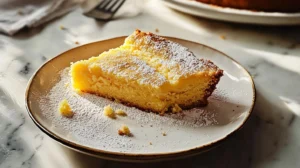
Ingredients for the Perfect Butter Cake
A great Butter Cake Recipe is all about using the right ingredients. This classic cake is simple yet rich in flavor, and each ingredient plays a key role in making it soft, moist, and utterly delicious. Whether you’re sticking to the traditional recipe or need a few swaps to fit dietary needs, let’s break it down!
Essential Ingredients
To make a classic Butter Cake Recipe, you’ll need:
-
1 cup (226g) unsalted butter, softened – Butter is the heart of this cake, giving it richness and a tender crumb.
-
2 cups (400g) granulated sugar – Sweetens the cake and helps achieve a soft, fluffy texture.
-
4 large eggs – Adds structure and moisture while keeping the cake light.
-
3 cups (375g) all-purpose flour – Provides the perfect balance of sturdiness and softness.
-
1 tablespoon baking powder – Helps the cake rise and stay airy.
-
1/2 teaspoon salt – Enhances flavor and balances the sweetness.
-
1 cup (240ml) whole milk – Keeps the cake moist and smooths out the batter.
-
1 tablespoon vanilla extract – Adds warmth and depth to the flavor.
Substitutes for Dietary Restrictions
Want to enjoy a Butter Cake Recipe with some modifications? Here are a few easy swaps:
-
Dairy-Free: Use vegan butter and swap whole milk for almond milk, oat milk, or coconut milk.
-
Gluten-Free: Replace all-purpose flour with a 1:1 gluten-free baking flour blend.
-
Egg-Free: Use flax eggs (1 tablespoon flaxseed meal + 2.5 tablespoons water per egg) or unsweetened applesauce (1/4 cup per egg).
-
Lower Sugar: Reduce the sugar by ¼ cup or swap with coconut sugar for a less refined option.
With these ingredients and substitutes, you can enjoy a Butter Cake Recipe that fits your preferences while keeping all the rich, buttery goodness intact. Now, who’s ready to bake?
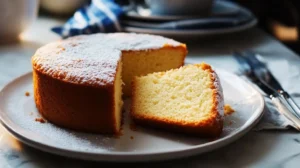
How to Make Butter Cake: Step-by-Step Guide
Making a Butter Cake from scratch is easier than you think! With a few simple steps, you’ll have a soft, buttery, and perfectly golden cake ready to impress. Whether you’re a baking pro or a first-timer, just follow this guide, and you’ll be enjoying a slice in no time.
Preparing Your Ingredients
Before you start mixing, take a few minutes to get everything ready. A little prep work makes a big difference!
-
Measure all ingredients accurately – Baking is a science, so precision is key.
-
Bring butter, eggs, and milk to room temperature – This helps everything mix smoothly for a light, fluffy cake.
-
Preheat your oven to 350°F (175°C) – A properly heated oven ensures even baking.
-
Coat your cake pans with grease and a light dusting of flour – This prevents sticking and ensures easy removal.
Mixing and Baking Process
Now for the fun part—bringing the Butter Cake to life!
-
Cream the butter and sugar – In a large bowl, beat softened butter and sugar together until light and fluffy (about 2-3 minutes). This step creates air pockets that give the cake a soft texture.
-
Add the eggs one at a time – Mixing well after each addition ensures a smooth batter.
-
Incorporate the dry ingredients – Sift together flour, baking powder, and salt, then gradually add them to the batter.
-
Gradually add the milk and vanilla extract – Alternate adding the milk and vanilla with the dry ingredients. This keeps the batter smooth and well combined.
-
Pour into prepared cake pans – Spread the batter evenly for consistent baking.
-
Bake for 30-35 minutes – Or until a toothpick stuck in the middle comes out clean.
-
Let it rest – Allow the cakes to cool in the pans for 10 minutes before transferring to a wire rack.
Cooling and Serving Tips
Patience is key! Let your Butter Cake cool properly for the best texture and flavor.
-
Cool completely – A warm cake might crumble when cutting, so give it at least 30-45 minutes.
-
Dust with powdered sugar or frost – Keep it simple or go all out with buttercream, whipped cream, or fresh fruit.
-
Store leftovers properly – Wrap in plastic wrap or keep in an airtight container at room temperature for up to 3 days. For longer storage, refrigerate or freeze.
Variations of Butter Cake
While the classic Butter Cake is already a winner, there are plenty of delicious twists you can try to mix things up. Whether you want something rich and chocolaty, zesty and refreshing, or need a special dietary version, these variations will have you baking something new every time!
Classic Butter Cake
Let’s start with the tried-and-true Butter Cake Recipe. This one is all about the buttery flavor and soft, moist texture. It’s perfect on its own, topped with a dusting of powdered sugar, or dressed up with your favorite frosting. Sometimes, simple really is best!
Chocolate Butter Cake
Craving chocolate? This Butter Cake Recipe takes it up a notch with the addition of cocoa powder or melted chocolate. The result? A rich, decadent cake that pairs beautifully with whipped cream, berries, or a gooey chocolate glaze. If you love chocolate cake, this is a must-try variation!
Lemon Butter Cake
For a refreshing twist, try a Lemon Butter Cake Recipe! Adding fresh lemon zest and a bit of juice to the batter gives the cake a bright, citrusy kick that balances out the richness of the butter. This light and tangy version is perfect for springtime or whenever you need a burst of sunshine on your plate.
Vegan and Gluten-Free Options
Need to make a Butter Cake Recipe that’s vegan or gluten-free? No problem! Here are a few swaps to make sure everyone can enjoy:
-
Vegan: Use dairy-free butter, plant-based milk, and replace the eggs with flax eggs or unsweetened applesauce.
-
Gluten-Free: Replace regular flour with a gluten-free flour mix. Just make sure to check the baking instructions, as gluten-free cakes often require slightly different baking times.
No matter your dietary needs, you can enjoy a delicious variation of the Butter Cake Recipe that’s just as moist and flavorful as the original!
FAQs About Butter Cake Recipe
What are the ingredients of a Butter Cake?
The ingredients for a classic Butter Cake Recipe include:
-
1 cup (226g) unsalted butter, softened
-
2 cups (400g) granulated sugar
-
4 large eggs
-
3 cups (375g) all-purpose flour
-
1 tablespoon baking powder
-
1/2 teaspoon salt
-
1 cup (240ml) whole milk
-
1 tablespoon vanilla extract
These simple, pantry-staple ingredients create the rich, moist texture and tender crumb that makes butter cake so beloved.
What is the difference between a Butter Cake and a regular cake?
The main difference between a Butter Cake Recipe and a regular cake lies in the amount of butter used. Butter cakes, as the name suggests, use a higher proportion of butter, which gives them a denser, richer texture. Regular cakes, like sponge or chiffon cakes, often use oil or less butter, which makes them lighter and airier. So, while a regular cake is fluffier, a butter cake is moist, tender, and more indulgent.
Why is it called a Butter Cake?
The Butter Cake Recipe gets its name from the key ingredient—butter! This rich cake relies on butter for its flavor and texture, which gives it a moist, tender crumb. It’s called “butter cake” because the generous amount of butter used in the batter is what makes it stand out compared to other cakes.
What’s the difference between a butter cake and a margarine cake?
The primary difference between a Butter Cake Recipe and a margarine cake is the fat used in the batter. Butter cake uses real butter, which provides a rich, creamy flavor and a moist texture. Margarine cakes, on the other hand, use margarine instead of butter. While margarine can replicate some of the texture, it often lacks the depth of flavor that real butter provides. The result is that butter cakes tend to have a more authentic, richer taste compared to margarine cakes.

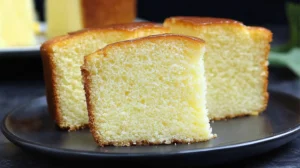
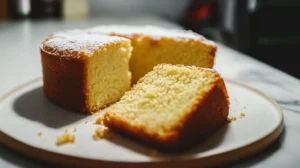

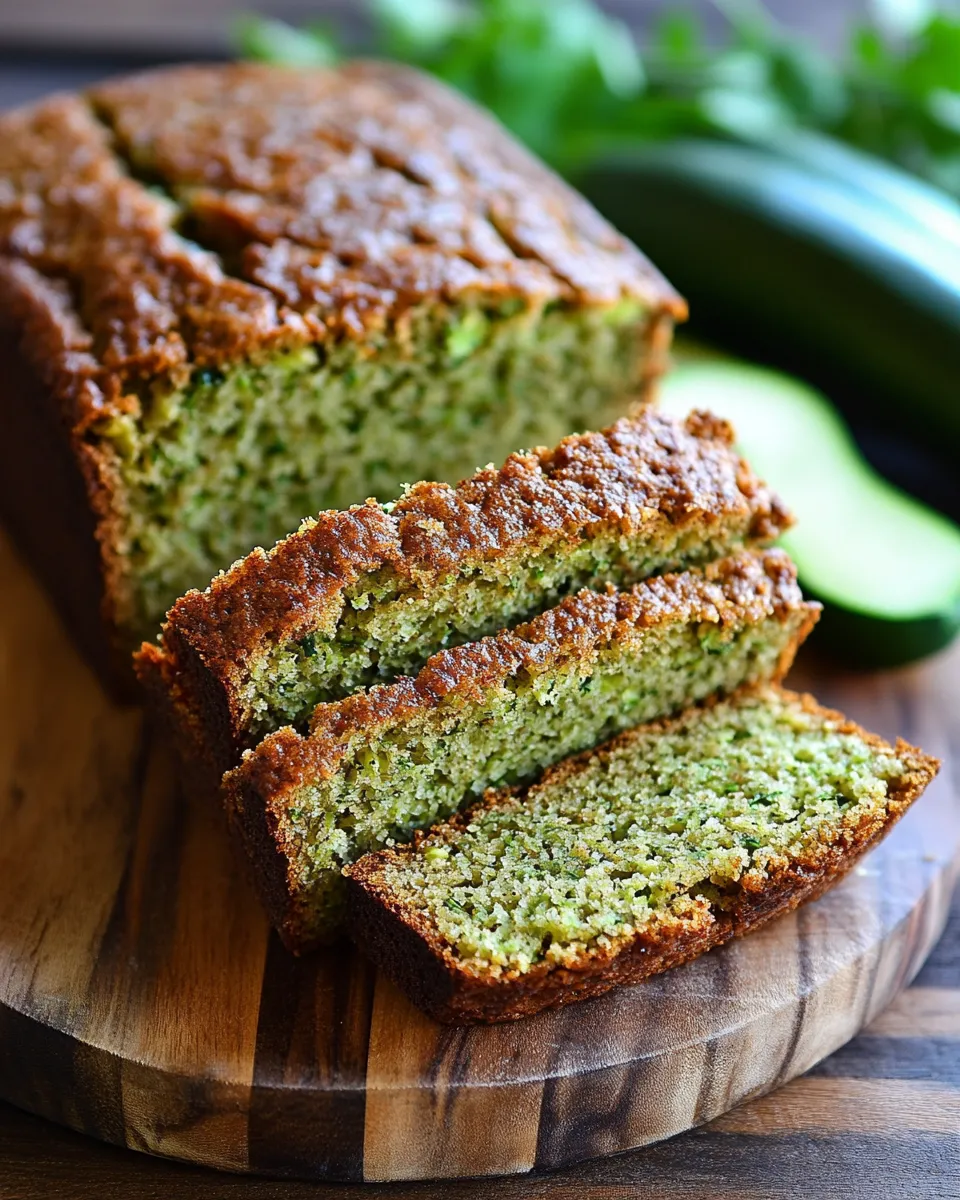
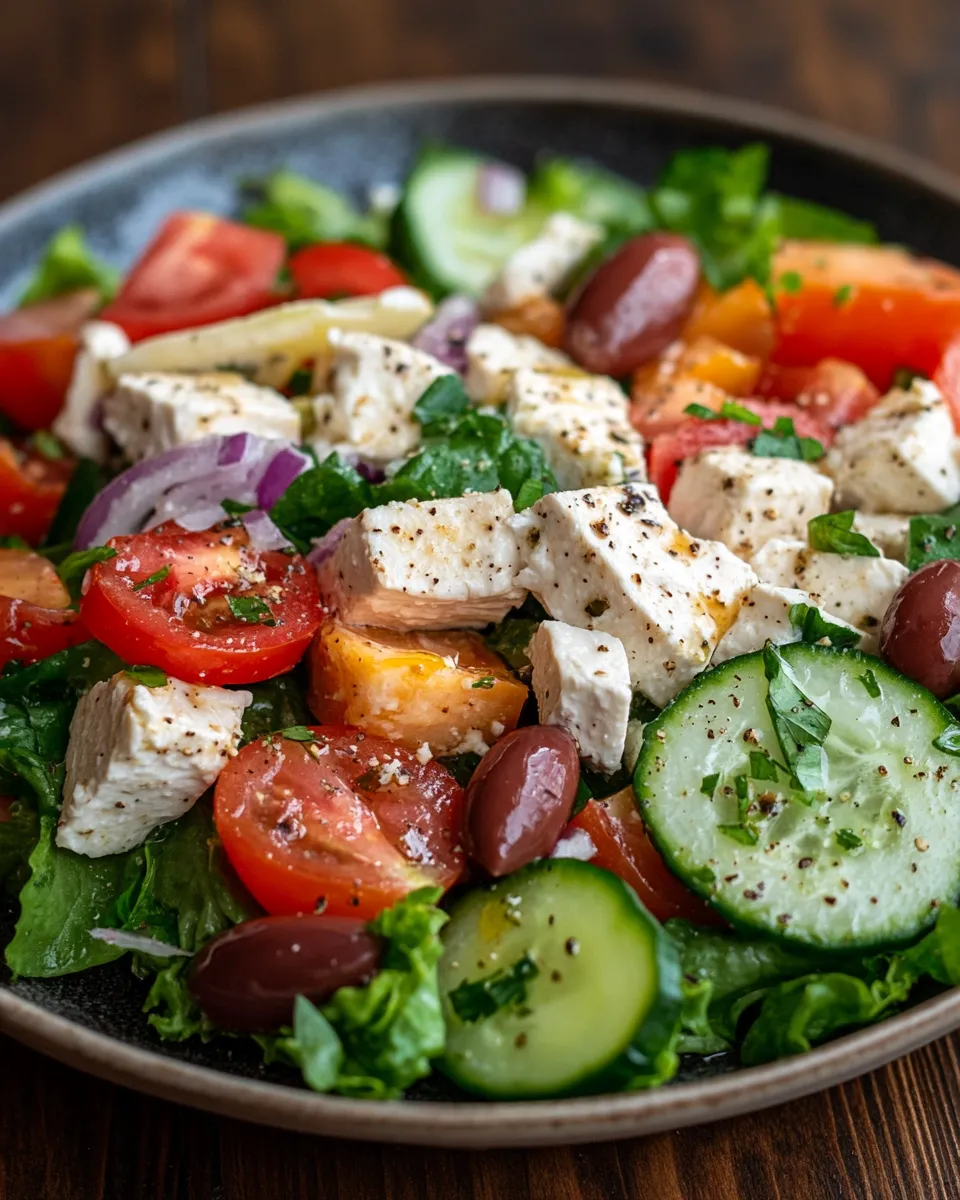

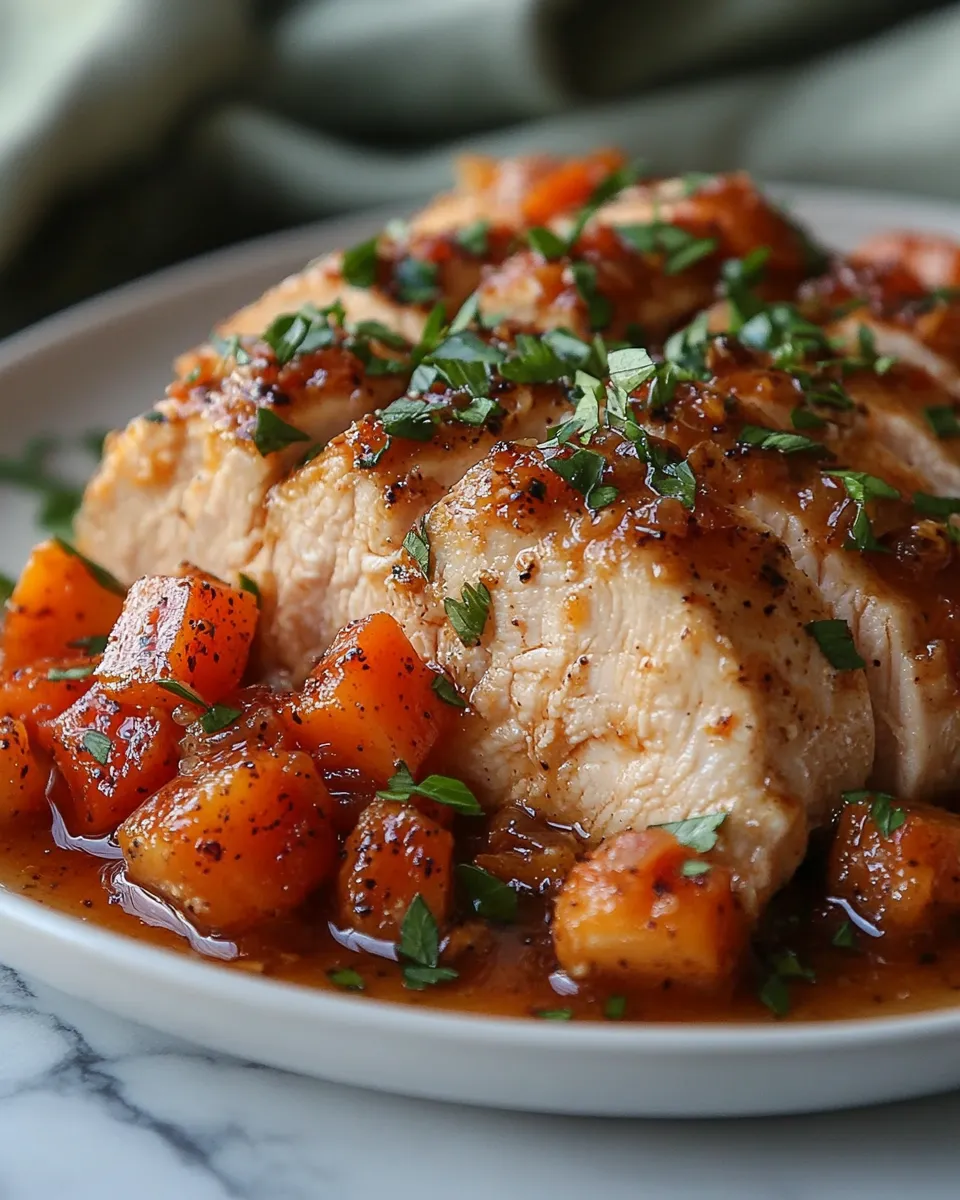
Güvenilir Bahis Siteleri hakkında içerikler paylaştığım bloguma beklerim. güvenilir bahis siteleri konusunda güncel deneme bonuslarını da paylaşıyorum.